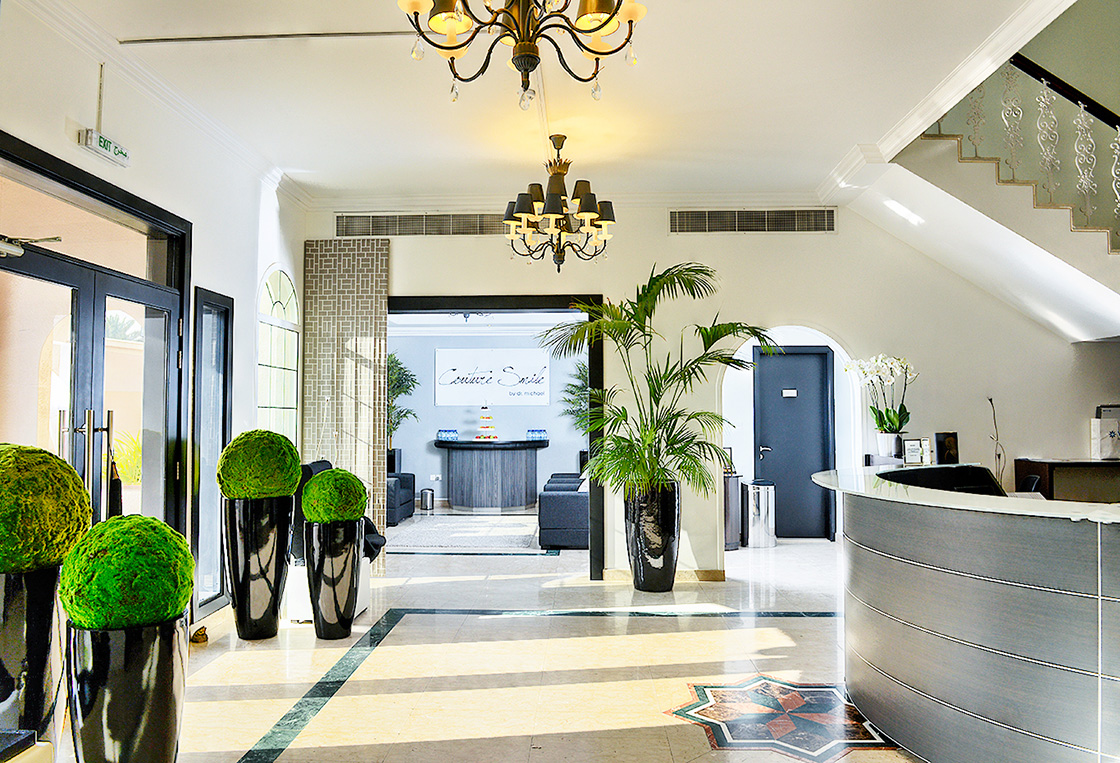Written by: Dr. Argiro Kechagia, Specialist Orthodontist
A very common problem that can occur while a patient has braces is the formation of white spots during treatment and it is always a bit disappointing to find that your teeth are marked with chalky white patches after your braces are removed.
But why?
Many believe that braces can cause these spots to appear, but in reality they are the result of plaque build-up just like any other form of tooth decay. These chalky patches, or dental decalcification, affect 24% of all teenagers without braces. That number jumps up to 50% in teenagers with braces. Although braces are not directly responsible for causing these white spots to form on your teeth, they can complicate the process of plaque removal. The white, chalky marks on the teeth appear when acids created by the plaque, remove minerals from the tooth surface and change the way it reflects light. Decalcification, most commonly affects the region between the gums and the brackets where plaque is most difficult to remove. So, braces do not cause white spots, bad oral hygiene does!
Can I prevent it?
Of course you can; and it is very simple, brush your teeth. Keep the plaque to a minimum. When you brush, be sure to focus on the areas that are obstructed by your brackets and wires, place the bristles of your brush underneath the wire. Finally, try to avoid having sodas and other foods that are high in sugar and acid, as these build plaque fast.
What if I have them already? Can I make them disappear?
- The first step is to improve your oral hygiene with meticulous brushing in order to give some time (around 6 months) to the enamel to re-mineralize the affected tooth surfaces. All white spots improve some with time and minor ones may disappear altogether.
- After 6 months our dentist can give you low concentration fluoride rinses and remineralization pastes that can be used in order to improve further the appearance of white spots.
- Alternatively, bleaching, as it lightens the enamel, can make white spots to blend in better and actually improve as the effects of the bleaching wear off.
- A newer technique, known as “caries infiltration,” involves injecting a liquid tooth-colored resin, which has optical properties closer to natural enamel, beneath the surface enamel in the area of the white spot. This makes the spot less opaque and more translucent like normal enamel.
- For more severe problems, your dentist may perform microabrasion (removing superficial white spots), cosmetic bonding (replacing damaged enamel), or place porcelain veneers (covering badly damaged surfaces).











